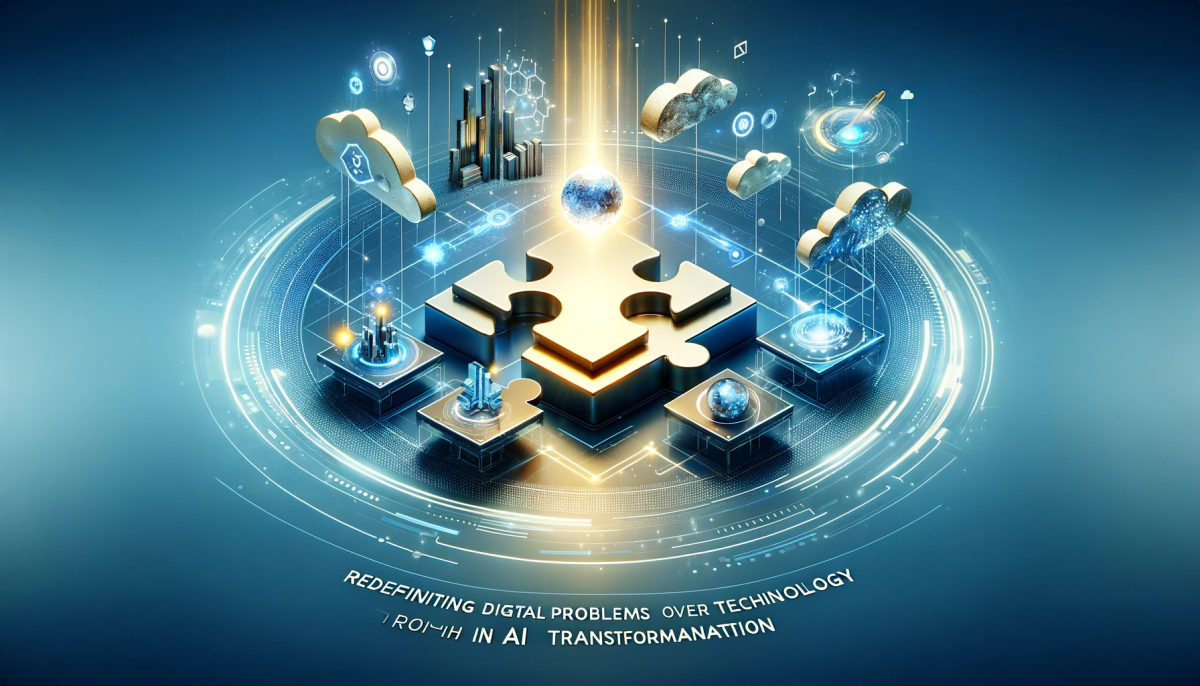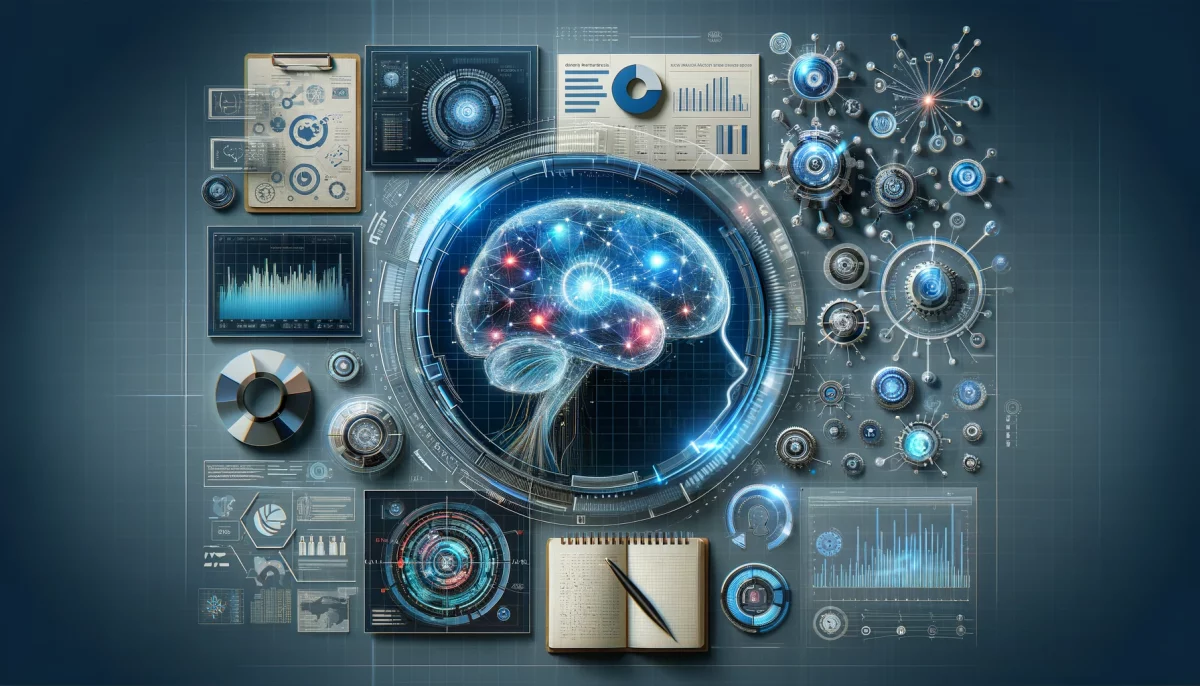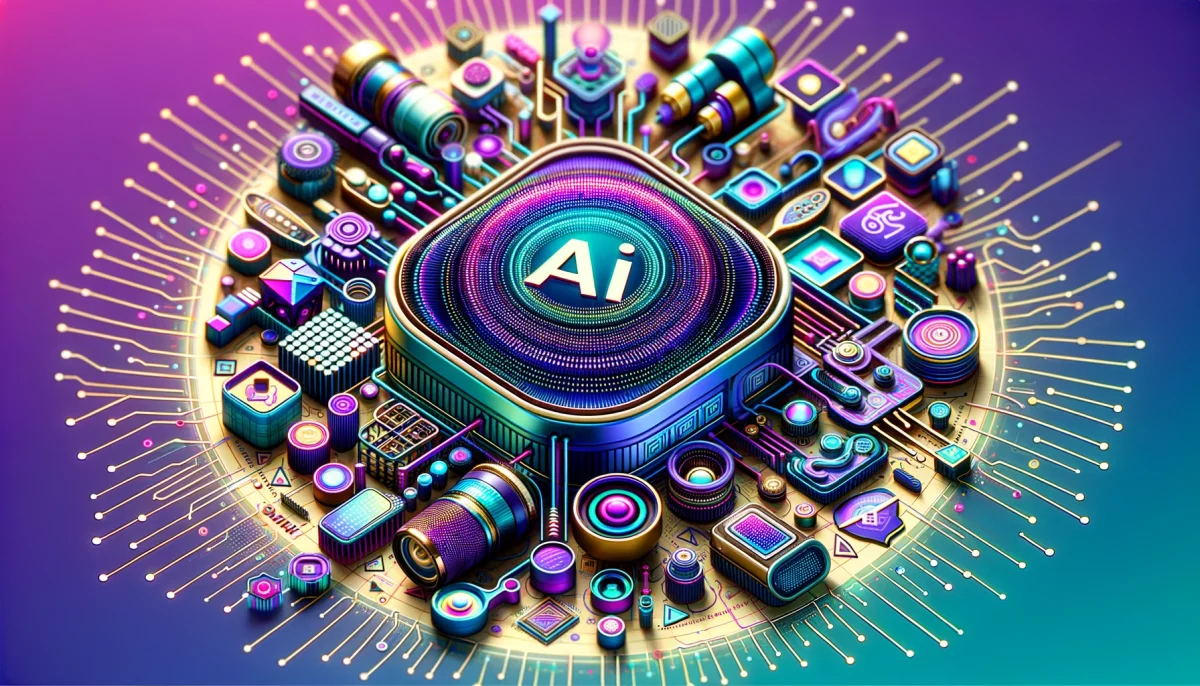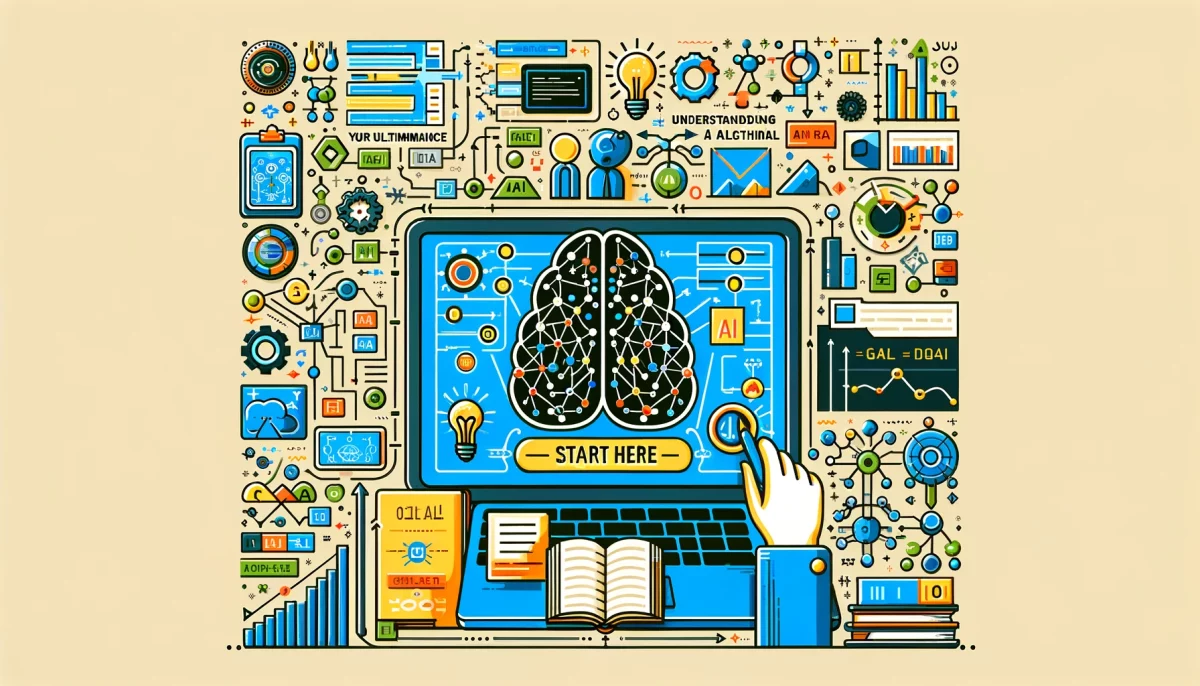Envision a new era in the business world, a radical shift from the conventional metrics of productivity. This isn’t about the hours logged in; it’s about the sparks of creativity and bursts of innovation. How, then, does leadership transform in this burgeoning realm powered by the force of generative AI?
We’re at the cusp of a revolution, a generative AI revolution that is not just altering, but fundamentally reconstructing the very bedrock of our work dynamics. Leaders are now at a crucial juncture, faced with the daunting yet exhilarating task of redefining what it means to be productive. It’s a shift that transcends the old paradigms, a leap from the tangible to the intangible – where creativity, innovation, and intelligent automation are not just allies but drivers of success.
As we integrate generative AI technologies more deeply into our daily workflows, they open doors to opportunities never seen before, but also to a maze of complexities. This article cuts through this maze to examine the profound influence of generative AI on leadership and productivity. It delves into strategies for leaders to not just cope with this change but to excel, guiding their organizations towards a synergistic future where human intellect and artificial intelligence work in tandem, paving the way for unparalleled innovation and heightened operational efficiency.
The Evolution of Productivity in the Digital Age
In the annals of economic history, productivity has always been a cornerstone of progress. From the smoke-filled factories of the Industrial Revolution, where the concept of ‘assembly line’ first redefined human labor, to the sleek offices of the Information Age, marked by computers and digital networks, the journey of productivity has been transformative. It’s a tale of continuous evolution, shaped by technological advances and changing societal norms. The agrarian societies relied on manual labor, the Industrial Revolution introduced mechanization, and the Information Age brought digital automation. Each era redefined what it meant to be ‘productive.’
The dawn of the 21st century brought with it a new player in the productivity arena: Artificial Intelligence (AI). Initially perceived as a tool for complex computations and data analysis, AI quickly transcended these roles to become a catalyst for a new kind of productivity. Its initial foray into the workplace was met with a mix of awe and apprehension. AI applications in predictive analytics, customer service through chatbots, and automation of routine tasks showcased its potential to increase efficiency. However, this also raised questions about job displacement and the need for new skill sets among the workforce. The initial impact of AI was a wake-up call: productivity was no longer just about doing things faster or cheaper; it was about doing them smarter.
Generative AI: A New Frontier in Productivity
What is Generative AI?
Generative AI, the latest marvel in the AI landscape, is not just about analyzing data or automating tasks; it’s about creating and innovating. Distinct from its predecessors, generative AI can design, write, and even think in patterns akin to human creativity. This technology encompasses advanced algorithms that can generate text, images, and ideas, effectively simulating human-like creativity. Its potential extends beyond mere automation, introducing a realm where AI is not just a tool but a collaborator in the creative process.
Examples of Generative AI in the Workplace
In the modern workplace, generative AI is revolutionizing tasks that were once solely human domains. From drafting legal documents using natural language processing to designing marketing materials with advanced graphics algorithms, its applications are diverse. In sectors like pharmaceuticals, generative AI accelerates drug discovery by predicting molecular behavior, while in automotive industries, it assists in designing more efficient vehicle models. These examples underscore a shift in productivity paradigms: the synergy of human and machine intelligence creating outcomes greater than the sum of their parts.
Leadership in the Age of AI
The Changing Role of Leaders
In the age of generative AI, the role of leaders transcends traditional boundaries. Leaders are now navigators in a landscape where human intelligence coexists with artificial intellect. This era demands leaders who are not only technologically astute but also visionary in integrating AI with human capabilities. The focus shifts from merely managing teams to inspiring innovation, fostering a culture of continuous learning, and leading ethical AI integration.
Skills and Qualities Necessary for Modern Leaders
The modern leader must exhibit a blend of technical know-how and emotional intelligence. They need to be adept at understanding AI’s capabilities and limitations, making data-driven decisions, and fostering an environment where AI and human talent synergize. Equally important is their role in addressing the ethical implications of AI, ensuring that the pursuit of efficiency does not eclipse human values and societal well-being.
Challenges and Opportunities with Generative AI
Ethical Considerations
The integration of generative AI into business operations is not just a technological leap but also an ethical conundrum. The concerns range from data privacy – ensuring that the vast amounts of data processed by AI do not infringe on individual rights – to the inherent biases that may be embedded within AI algorithms. These biases, often a reflection of the data they are trained on, can lead to skewed outcomes, affecting everything from hiring practices to customer interactions. Moreover, the advent of AI-generated content raises questions about authenticity and intellectual property rights. Leaders must therefore be vigilant, establishing robust ethical frameworks and oversight mechanisms to ensure that AI is used responsibly, reflecting the organization’s values and societal norms.
Balancing Human and AI Contributions
In a world increasingly augmented by AI, striking a harmonious balance between human ingenuity and machine efficiency is paramount. This challenge is not about pitting humans against machines, but rather about leveraging the strengths of each. AI excels in handling large-scale data analysis, repetitive tasks, and pattern recognition, freeing humans to engage in more complex, creative, and emotionally nuanced tasks. This synergy is not automatic; it requires thoughtful design of workflows and an understanding of the unique contributions of both human and AI agents. By achieving this balance, organizations can cultivate a productive environment where AI amplifies human potential, leading to innovative solutions and a more engaged workforce.
The Impact of Generative AI on Modern Productivity
In this age of rapid technological advancement, generative AI emerges as a pivotal force reshaping the landscape of productivity and leadership. This article has explored the transformative impact of generative AI, from redefining the very essence of productivity to altering the skillset required for effective leadership. As we stand at this crossroads, the future beckons with a promise of synergized human and AI capabilities, leading to unprecedented levels of innovation and efficiency. The journey ahead is as challenging as it is exciting, demanding a delicate balance of ethical consideration, human insight, and technological prowess. Embracing this new era of generative AI, leaders have the opportunity to steer their organizations towards a future marked by collaborative intelligence, ethical responsibility, and groundbreaking achievements.









